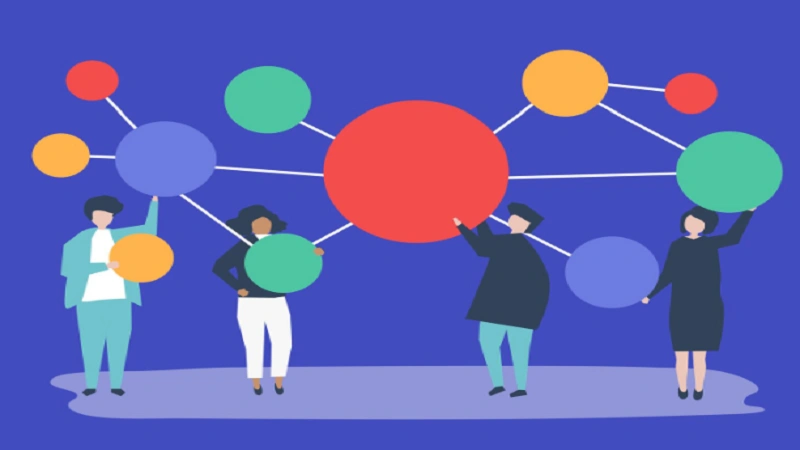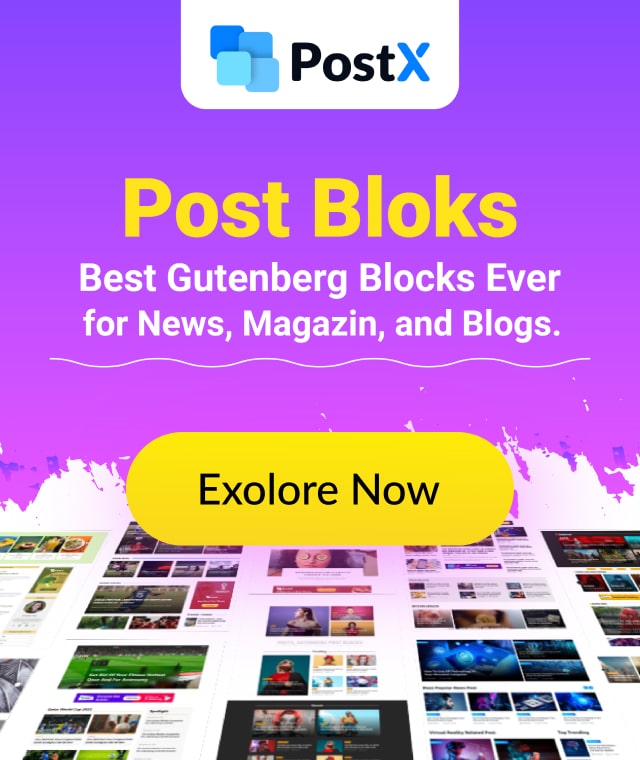1. The Puzzle Revolution in the Digital Age
Online puzzles aren’t new, but their modern resurgence has transformed them from a casual pastime into a global ritual. Every morning, millions of people log in to solve word games, logic grids, and trivia challenges. It’s not about time-killing anymore; it’s about pattern recognition, mental sharpness, and community.
Mashable, a site known for tracking digital culture, spotted this shift early. It saw the Connections phenomenon rising right after Wordle and similar daily puzzles started dominating social feeds. Suddenly, puzzles weren’t just a solitary habit. They became a shared digital ritual in which hints, wins, and losses were broadcast across Twitter, Reddit, and group chats.
And that’s where the connections hint at the mashable discussion that began exploring how subtle clues can turn a tough challenge into a daily dopamine hit.
2. Understanding “Connections” – The Game That Hooked Millions
“Connections” was introduced by The New York Times as part of its growing suite of logic-based word games. The concept is simple but devilishly tricky:
You’re given sixteen words and must group them into four sets of four, each sharing a hidden theme.
At first glance, it looks easy. After all, who can’t spot patterns in a list of words? But the genius lies in the misdirection. Similar-looking words often belong to different sets, forcing you to think laterally.
Here’s what keeps players coming back:
-
Cognitive Challenge: It’s not about vocabulary; it’s about reasoning.
-
Simplicity: The game interface is clean, minimal, and addictive.
-
Social Play: People compare answers, argue over connections, and share their “aha” moments online.
That’s why Connections thrives in the attention economy; it combines personal satisfaction with social engagement.
3. Why Hints Became a Core Part of the Experience
No one likes getting stuck, especially in a game that resets daily. But hints walk a fine line. Too much information ruins the fun; too little leaves players frustrated.
This is where publications like Mashable entered the conversation. Their daily hint columns became a middle ground offering just enough help to keep the game enjoyable without spoiling it.
The hints follow a careful philosophy:
-
Preserve the puzzle’s integrity. Hints should guide, not give away.
-
Respect the learning curve. New players need nudges; veterans prefer cryptic clues.
-
Keep the community active. Hints encourage engagement, discussion, and repeat visits.
It’s a balance between insight and restraint, and Mashable mastered it. Its writers understood that puzzles aren’t just solved, they’re shared.
4. How “Connections Hint Mashable” Became a Daily Habit
What began as a small column quickly turned into a cornerstone of daily puzzle culture. Readers returned not only for help but for the tone witty, human, and just slightly conspiratorial, as if the writer were whispering clues over your shoulder.
The connections hint mashable articles weren’t just about answers. They were about participation. Each post sparked a wave of online chatter, where players debated categories, swapped strategies, and vented about trick questions.
This daily cycle puzzle, hint, discussion, and reflection created a rhythm. It was no longer about winning but about being part of something bigger: a global guessing game shared in real time.
5. The Psychology Behind the Obsession
Why are people drawn to puzzles like Connections? The answer lies in cognitive science.
-
Pattern Recognition: Humans are wired to find order in chaos. Connections exploits that instinct.
-
Micro-Dopamine Rewards: Solving one set triggers a burst of satisfaction, motivating players to finish the rest.
-
Social Reinforcement: Seeing others post their success online encourages participation.
-
The Illusion of Control: Even when luck plays a role, people feel mastery over their thought process.
This emotional cycle fuels consistency. It’s why millions check back daily despite the frustration. Every near-win becomes an itch that must be scratched.
6. Mashable’s Role in Shaping Puzzle Culture
Mashable didn’t invent puzzles, but it popularized their digital identity. The site bridges tech journalism with lifestyle coverage, positioning games like Connections not as trivial diversions, but as cultural moments.
Its tone matters. Rather than analyzing the game mechanically, Mashable writers contextualize why it works, why it frustrates, and how it reflects human behavior.
That’s where its coverage transcends simple “hint-giving.” It creates meaning out of minutiae.
The connections hint mashable content fits this mold perfectly: smart, accessible, and quietly addictive. Readers come for clues but stay for commentary.
7. What Makes a Good Hint? The Art of Subtlety
A great hint is like a magician’s flourish; it directs attention without revealing the trick.
To craft an effective hint, writers consider three principles:
-
Relevance: The hint must genuinely relate to the category, not confuse further.
-
Timing: Some players want clues only after multiple failed attempts.
-
Tone: A playful, non-condescending voice keeps readers engaged.
For instance, if the category is “types of dances,” a weak hint would be “things you do to music.” A better one would be “you might waltz your way to this answer.”
That’s the level of craft Mashable brings to its daily hints.
8. How Social Media Amplifies the Craze
No cultural trend exists in a vacuum. Platforms like X (formerly Twitter), Reddit, and TikTok have turned puzzle-solving into a spectator sport.
People don’t just play anymore; they broadcast their logic. Screen captures, emojis, and memes turn individual results into social proof. The communal nature of frustration and triumph keeps the cycle spinning.
Mashable’s coverage thrives in this ecosystem. It doesn’t merely observe trends, it fuels them, turning each new puzzle into a shareable event.
9. Lessons in Digital Engagement from Puzzle Communities
There’s a business insight here, too. Puzzles teach us how to design engagement loops, small, consistent, emotionally satisfying experiences that drive retention.
Brands can learn from the Connections formula:
-
Offer daily micro-challenges.
-
Give partial reinforcement (small wins that build momentum).
-
Enable sharing, not just solving.
Mashable tapped into this psychology with its hints column. It gave people a reason to return to predictable timing, light suspense, and emotional closure.
Consistency builds habit. Habit builds an audience.
10. The Broader Shift: From Games to Mental Fitness
The digital puzzle craze marks a cultural shift toward intentional screen time. People aren’t rejecting technology, they’re seeking meaning through it.
Games like Connections act as mindful breaks in a world of doomscrolling. They blend stimulation with calm, giving players both focus and satisfaction.
Publications that recognize this, like Mashable, position themselves at the heart of this cognitive wellness movement. Their coverage isn’t about competition; it’s about mental balance.
11. The Hidden Educational Value of Word Puzzles
Puzzles like Connections secretly teach language nuance, associative thinking, and cultural literacy.
Every category hints at something broader: geography, idioms, pop culture, or logic. Players improve critical thinking without realizing it. This is what psychologists call “stealth learning.”
Mashable’s editorial framing amplifies this effect. By connecting puzzles to broader narratives (music, politics, media), it turns play into context. Readers walk away not just entertained, but informed.
12. Why Some Players Resist Hints Altogether
Not everyone likes clues. There’s a purist streak among puzzle solvers who believe that using hints dilutes the challenge.
They argue that hints shift the focus from discovery to dependency. In their eyes, a true player perseveres unaided, no matter how long it takes.
This tension keeps the culture interesting. The debate over whether to peek or persist mirrors larger questions about learning, assistance, and pride.
And Mashable cleverly positions itself in the middle: helpful, but never hand-holding.
13. The Future of the Connections Phenomenon
Every viral trend fades, but puzzle culture evolves. Future versions of Connections may integrate AI-driven difficulty adjustments, thematic editions, or multiplayer modes.
Imagine an algorithm that tracks your solving patterns, offering personalized challenges or a “team connections” mode for group play.
As long as people crave pattern recognition and small intellectual wins, this format will thrive. Media outlets like Mashable will continue to interpret, guide, and chronicle this evolution.
14. The Community That Keeps It Alive
What truly sustains the puzzle isn’t the code, it’s the crowd. Forums, Discord servers, and fan-run leaderboards turn one-off games into ecosystems.
Fans dissect hint phrasing, categorize difficulty levels, and even predict future puzzle themes. This meta-discussion has become part of the game itself.
It’s similar to fandom culture in entertainment, where the audience becomes a co-creator. Mashable’s hints feed that loop, creating a dialogue rather than a broadcast.
15. Final Thoughts: What “Connections Hint Mashable” Teaches Us About Curiosity
At its core, the connections hint mashable phenomenon isn’t about words or categories, it’s about curiosity itself.
It proves that people still crave small, shared challenges that make them think, laugh, and connect.
In an era dominated by passive consumption, puzzles remind us that engagement can be thoughtful, not just reactive.
Mashable’s daily hints act as both map and mirror, showing how digital culture rewards patience, insight, and playfulness. It’s not just about solving; it’s about how we solve together.
16. A Closing Reflection
The rise of puzzle journalism signals something hopeful:
Even in a noisy digital landscape, people value depth over distraction. They’re choosing content that stretches the mind instead of numbing it.
That’s the real story behind the Connections craze.
It’s not merely a fad; it’s a quiet rebellion against shallow scrolling. And Mashable, through its consistent, clever hint writing, has become one of its most trusted narrators. See more








